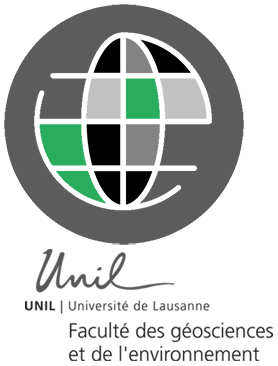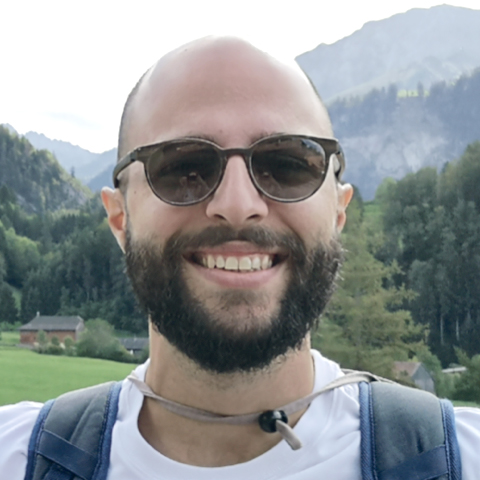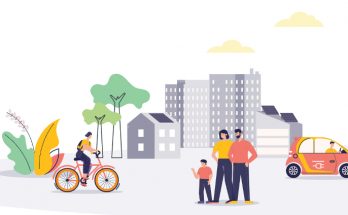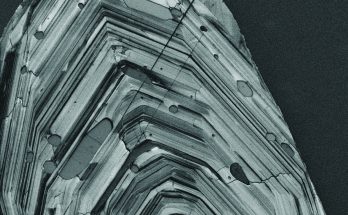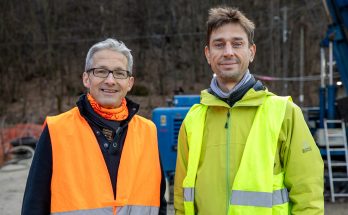Cette publication est également disponible en :
![]() Français
Français
With his new European project DISCO2STORE “Discontinuities in CO2 Storage Reservoirs”, Dr. Santiago Solazzi is leading the UNIL participation in a far-reaching network. This 4-year project starting in February 2021 aims at using geophysical techniques to make CO2 storage in geological reservoirs safer and viable as a long-term alternative. Prof. Klaus Holliger and Dr. Nicolás Barbosa from Institute of Earth Sciences are also actively involved in this project.
What is a Marie Curie RISE project?
Research and Innovation Staff Exchange (RISE) is one of the European Marie Curie Actions designed to generate international collaborations between academia and enterprises, to stimulate knowledge and ideas sharing from research to market (and vice versa) by the exchange of staff. The idea behind these exchanges: to promote creativity and entrepreneurship, helping to turn ideas into innovative products or services. This transfer of knowledge is necessary to address the world’s challenges, amongst which, climate change is arguably one of the most prominent.
What is the main goal of DISCO2STORE?
As we are all aware, every year, billions of tons of CO2 are produced as a consequence of human activity. This enormous amount of CO2 is mainly released into the atmosphere, thus increasing the natural greenhouse effect and, consequently, contributing to global warming. Underground storage of CO2 is an immediate option to reduce the amount of this greenhouse gas released into the atmosphere.
In simple words, CO2 storage and sequestration operations propose to inject CO2 back into the earth, into geological reservoirs that contain salty water (thousands of meters below the ground). Naturally, if we wish to develop and apply this technology in more and more places around the world, we need to be able to assure the permanence of CO2 in the underground. This task can only be done through a deep understanding of the geological reservoir and the development of methodologies to accurately monitor CO2 movements and volume estimations. In these operations, the injected CO2 is trapped in the formation through various processes, but generally we need a caprock, that is, a relative impermeable rock that forms a barrier above the reservoir rock so that fluids cannot flow back to the surface. We know that the main risks of leaks are associated with discontinuities in the reservoir or caprock, like the presence of faults and fractures. We aim to develop new techniques to identify mechanical discontinuities in the subsurface, characterize them, and assess their impact in CO2 storage. As we aim to study discontinuities in CO2 storage reservoirs, the project is called DISCO2STORE, which gives the project a festive spirit if you ask me.
How did this RISE project emerge?
This project started by a set of conversations between researchers about discontinuities in reservoirs. The major questions that the DISCO2STORE project aims to tackle require an intersectoral approach, and the use of different laboratories, computational facilities, and knowhow from diverse groups. Marie Curie RISE Action offers this possibility of building paths to create new networks and innovative research training for young scientists.
What are the main actors involved and what will they bring to the project?
Public and private Research and Development institutions are the main actors involved in the project. As I see it, Academia is mainly focused on creating new knowledge, that is, a better understanding of the world. Private companies are mainly concerned with solving challenging problems and creating new applications, using leading edge technology. We need both of them to advance and solve nowadays increasingly complex challenges.
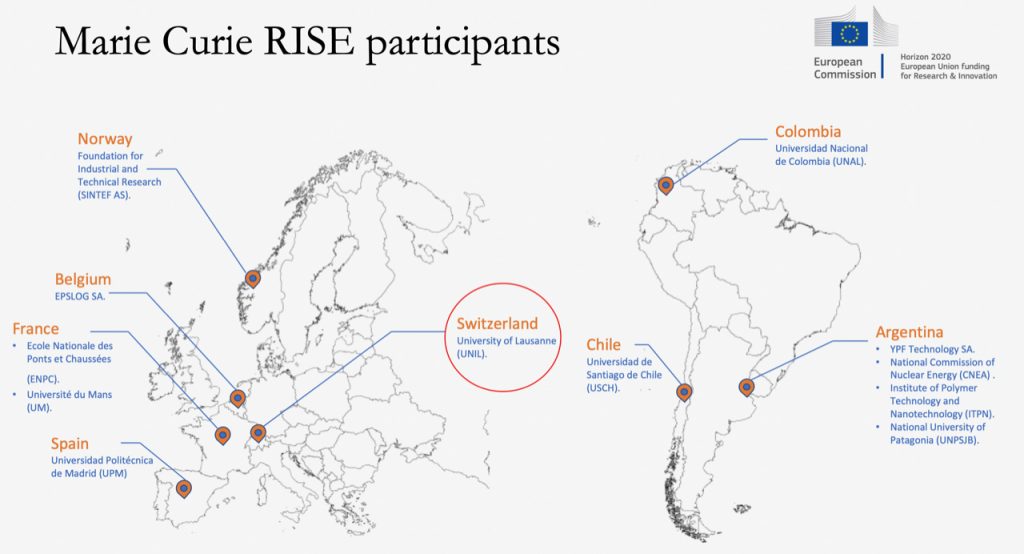
As an example, our group at the Institute of Earth Sciences is trying to better understand how to detect fractures and fluid content in rocks using seismic waves. That is, we send waves throughout the rock and then interpret the information contained in reflections and refractions (like a medical eco-Doppler, but in other scales and frequencies). This method has the advantage of being non-invasive: we are not drilling to obtain the information. Detecting fractured regions of the geologic reservoir where CO2 is going to be stored is important, as fractures affect permeability.
We will try to verify some interesting theories that may permit detecting rather small fractures, which are below the resolution of the seismic waves. This is like saying that one could obtain information from a picture of features that are smaller than the image’s pixel. That is rather awesome! This work will be the mission of our group at UNIL, CNEA and Y-TEC (Argentina) and SINTEF (Norway), private and public Research and Development institutions. This is just an example of one of the works that will take place in this RISE project, of course. We are quite a large number of institutions and researchers working together in these problems, from different angles.
What will be the main challenge of this project and what are your assets to overcome it?
Our challenge is to better understand how to use geophysical and geological information to make CO2 storage safer and viable as a long-term alternative. This can be done by developing strategies to better characterize the formations prior to the injection operations or by providing means to better monitor the evolution of the fluids.
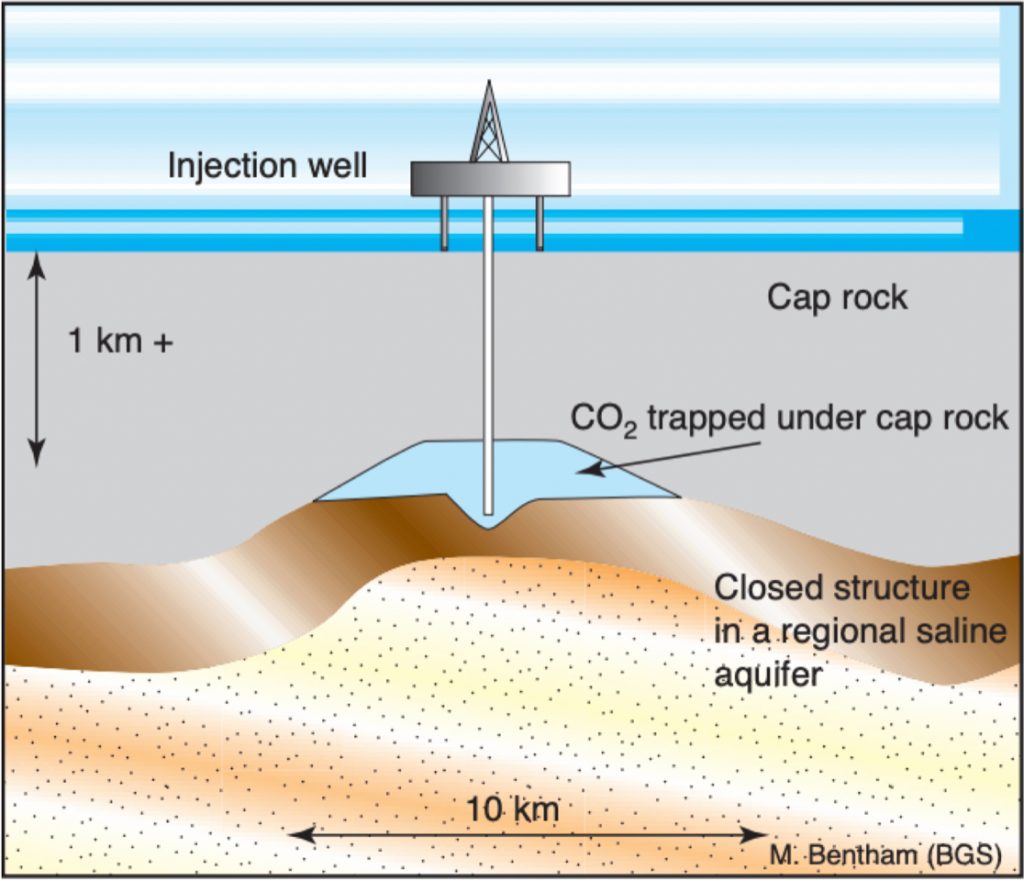
However, on the personal level, I think the main challenge is to be able to go outside the comfort zone, and to succeed in bringing the numerical models to the laboratory, from academia to industry, and use this inter fertilization of ideas for developing a new understanding of the processes. Building these bridges has been a long-standing motivation for me, and the knowledge and experience acquired during my PhD and postdoc are certainly important assets. However, I would argue that my most important asset is our research group, that is, the people I am working with in this project. Science is a collective construction, and Marie Curie RISE projects are based on this premise.
Why is this project important to you?
It is a great opportunity to try to answer some of the questions I’ve always had about seismic detection of fractures and fluids. We are ambitious with the goals, and this is rather challenging but also deeply motivating. As an example, we are planning on printing 3D samples that mimic fractured rocks here at UNIL and taking them to Norway to measure the mechanical properties. In this process, scientists from Argentina would join to perform measurements and to learn how to use the measuring device, with the idea to replicate the apparatus in their facilities. I will be leading a significant part of the research, mainly the seismic characterization part, and managing a project like this is a deeply formative task. Least but not last, we wish to forge new and long-lasting links between UNIL and other institutions.
